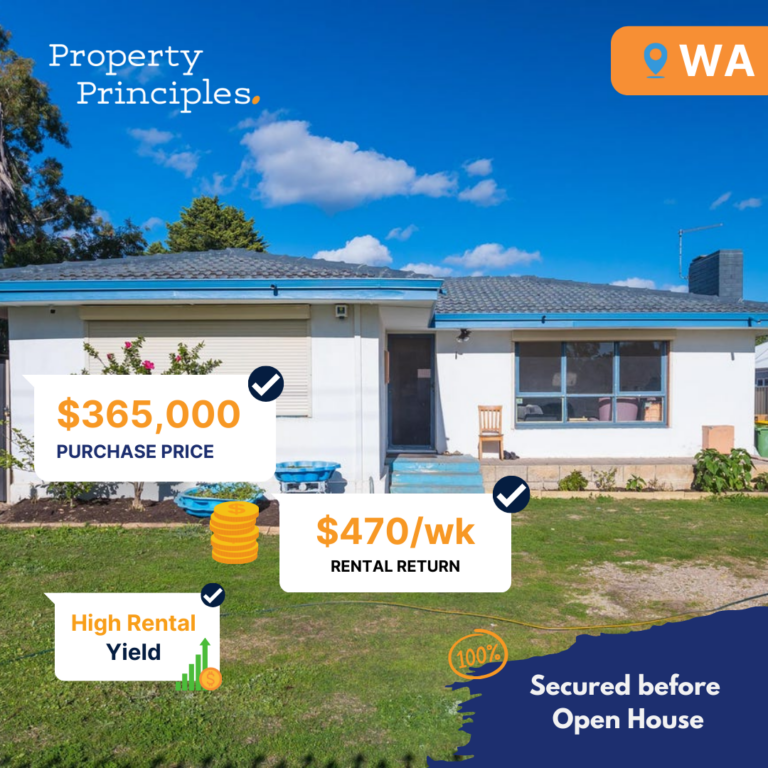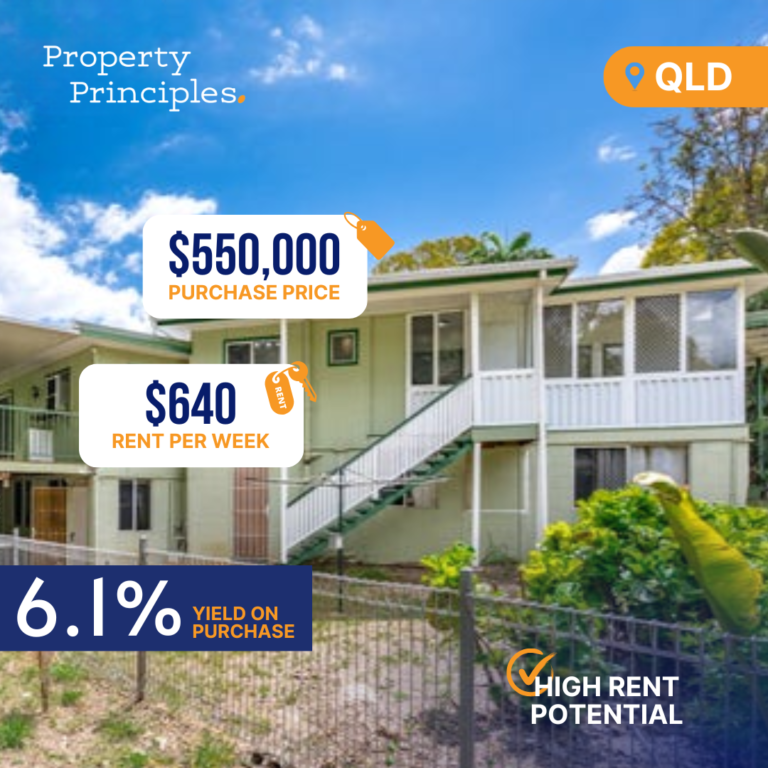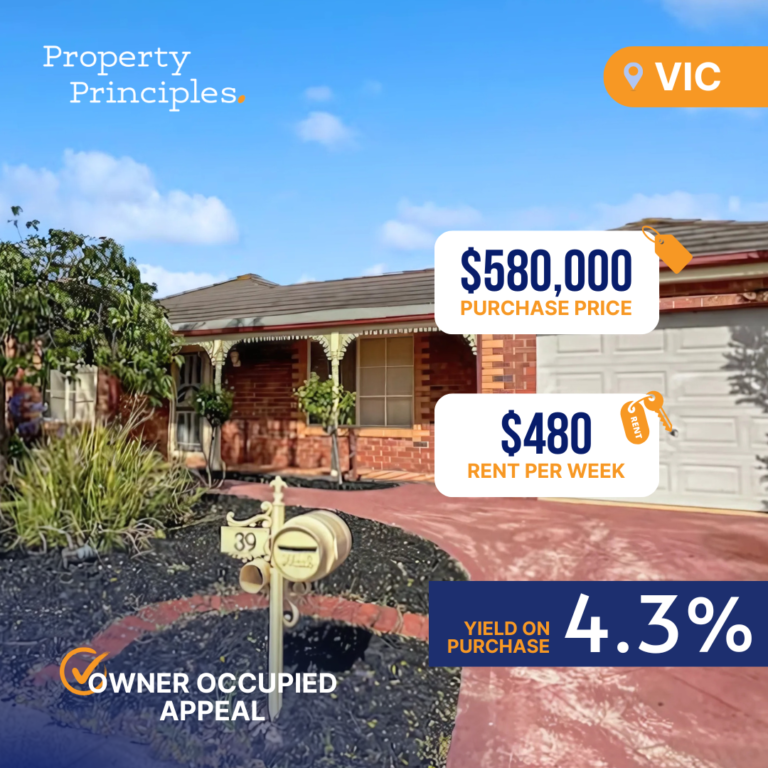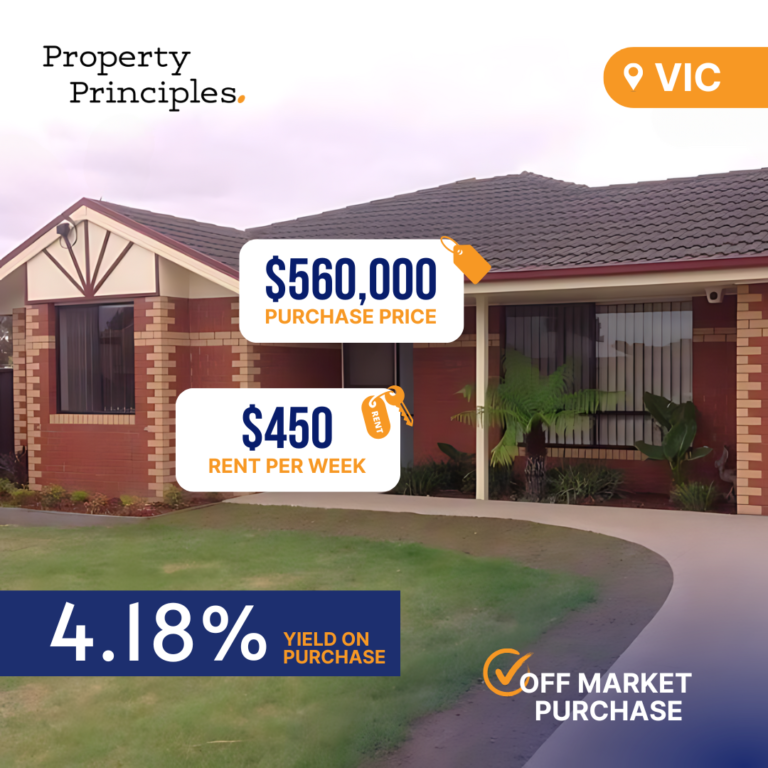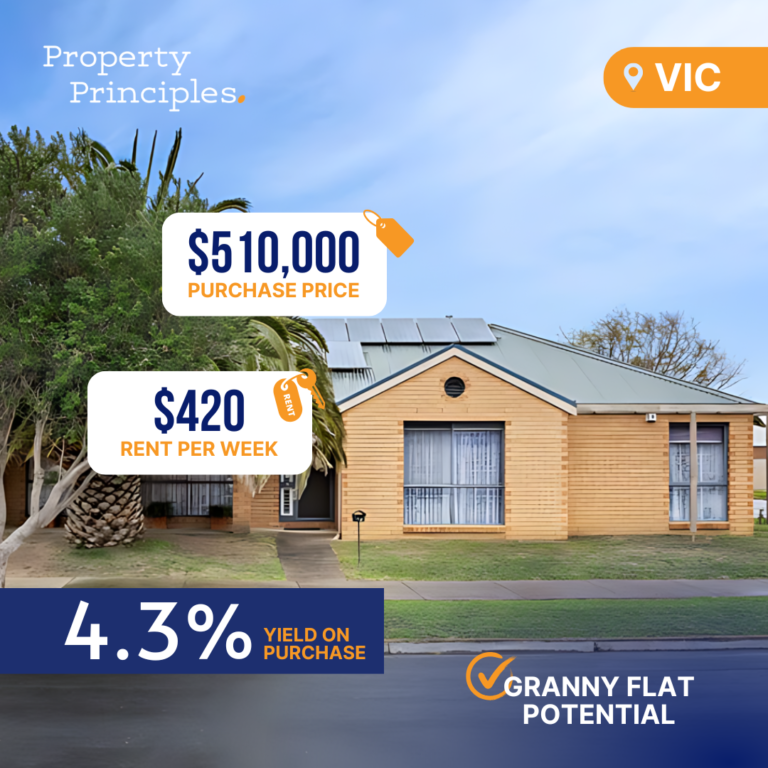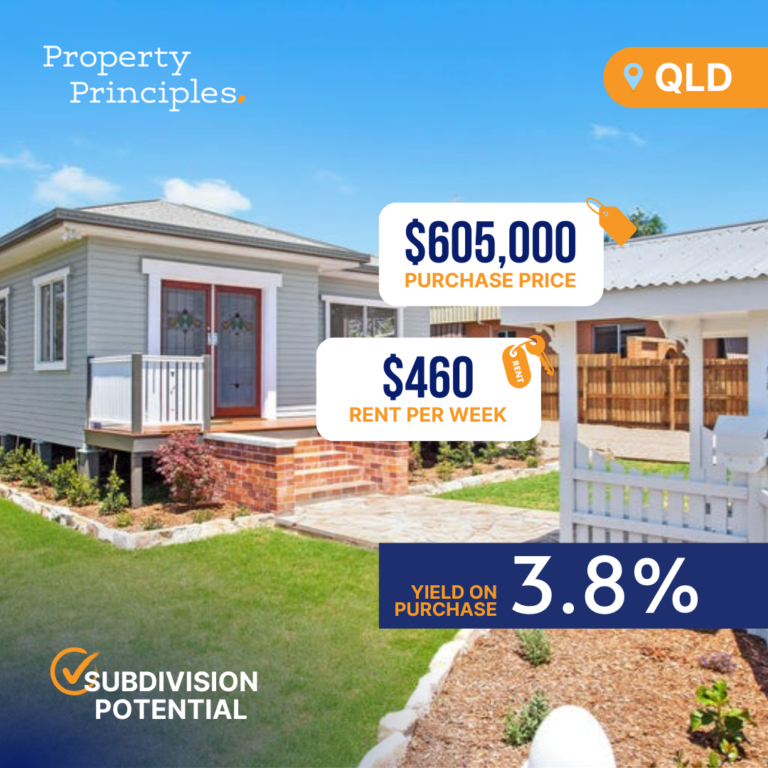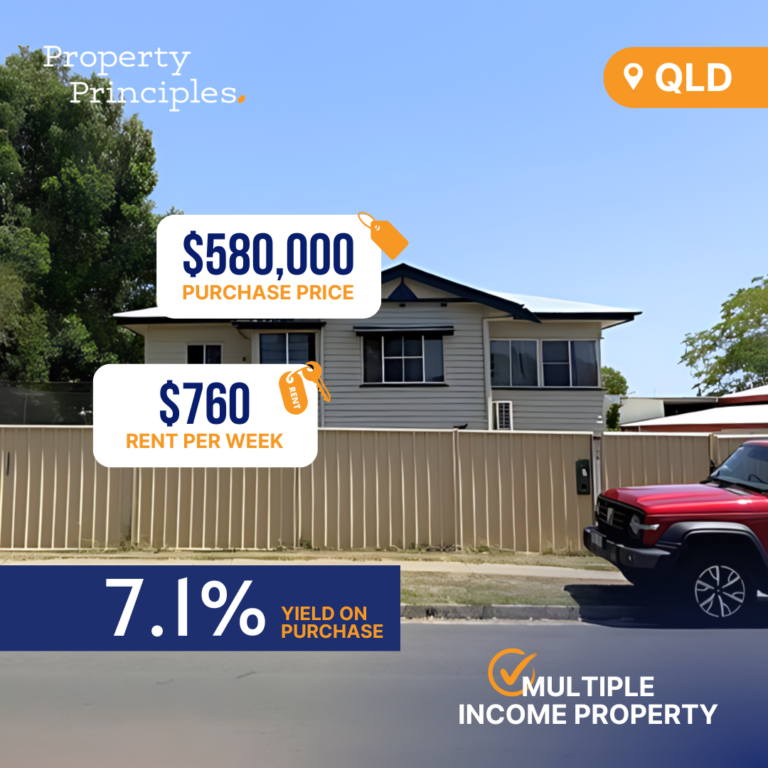We’ve reached a critical transition period in the housing market where a large number of fixed-term loan facilities are set to expire. During this time, we expect to gain insights into the state of the mortgage market and how it will respond to these expirations. Despite a slowdown in economic activity and recent increased mortgage rates, the risk of arrears and default appears to be relatively contained within Australia’s vast mortgage market.
The term “fixed-rate cliff” refers to the expiration of an unusually large number of mortgage loan facilities secured between mid-2020 and mid-2022. As seen in Figure 1, fixed-rate lending spiked early in the pandemic and peaked at 46% of secured housing finance in 2021, a significant increase from pre-COVID levels of 15%. The majority of these loans have terms of three years or less, meaning that a substantial number (approximately 880,000) will expire this year, followed by another 450,000 next year.
The primary concern surrounding these loan expirations is the potential struggle for some borrowers to service their loans at the new, higher variable rates. Average fixed rates dipped at 1.95% in May 2021 for owner-occupiers, while the current average variable rate stands at 5.66%. This increase in rates equates to a monthly repayment jump of almost 60%, which might seem daunting, but it’s essential to maintain perspective.
According to the August Statement of Monetary Policy, fixed-rate term expirations peaked at just under 5.5% of outstanding credit in the June quarter and remain low month-to-month. With fixed lending now returning to primarily variable rates, the majority of housing debt is being held on variable terms – borrowers who have already experienced the majority of cash rate increases.
While variable-rate mortgage holders may be feeling the pinch of rate rises and high living costs, official data suggests that arrears remain low and are still below pre-pandemic levels. Furthermore, the increase in home values since February has likely contributed to a decrease in loans in negative equity.
Despite the seemingly low risk of late payments, economic and housing data suggests that interest rate increases are impacting borrowers. Consumer sentiment dipped in August, particularly for mortgage holders. Additionally, the volume of retail spending fell in the June quarter, and metrics such as the CoreLogic Home Value Index and clearance rates show some signs of weakening.
An unexpected trend worth noting is the recent increase in new home listings, which deviates from the usual seasonal decline at this time of year. New listing counts increased by 2.8% in July, with notable rises in Sydney and Melbourne. There could be several reasons for this uptick, such as homeowners looking to sell before facing mortgage servicing difficulties, rising home values encouraging more selling decisions, or sellers hoping to avoid upcoming peak selling season competition.
While rising new listings may not necessarily indicate forced selling conditions due to increased mortgage costs, they’re worth paying attention to as more borrowers face higher interest expenses.
In conclusion, current data doesn’t point to a blowout in arrears or defaults amidst the expiration of low fixed-rate loans. An increase in home values has helped mitigate the risk of default, though we might still see a mild dip in housing market conditions if the decision to list new homes continues to rise. For mortgage holders, sluggish economic growth could lead the Reserve Bank of Australia to consider reducing the cash rate in the second half of 2024, a move predicted by several large banks.



